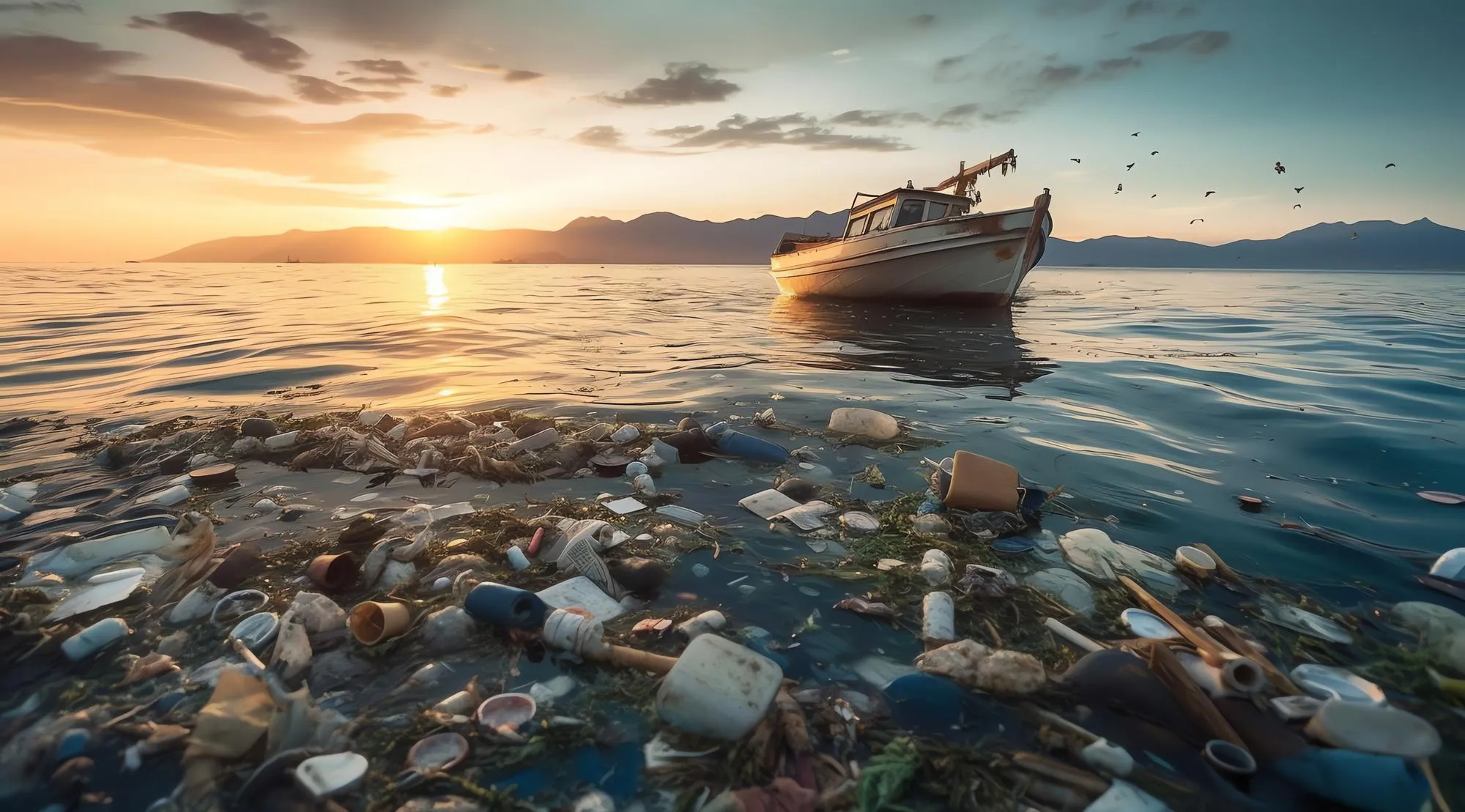In a recent study published in Environmental Pollution, researchers from the Kerala University of Fisheries and Ocean Studies and the National Institute of Technology in Kozhikode, India, have highlighted the alarming levels of microplastics (MPs) contamination in seafloor sediments and nearshore benthic molluscs along the south-west coast of India. The study, DOI: 10.1016/j.envpol.2024.123350, paints a grim picture of the environmental impacts of plastic pollution on marine ecosystems.
The south-west coast of India stretches over 300 kilometers along the eastern Arabian Sea, a region known for its rich biodiversity and productivity. Nikhil V.G., Amritha G.G., Ranjeet K., and Varghese George K., the study’s authors, recorded significant contamination levels in both sediment and molluscs with 617.7 items/kg dry weight and 5.39 items/g, respectively. Notably, the concentration of MPs in the sediments varied seasonally, with the majority of pollutants found during the post-monsoon season.
Microplastics are tiny plastic particles that measure less than 5 millimeters in diameter. Their pervasiveness in the marine environment, as this study shows, can lead to ingestion by marine fauna and subsequent accumulation in the food web, posing a threat to marine ecosystems and human health.
In the study, the research team investigated the spatial and temporal distribution of microplastics and their accumulation patterns in selected mollusc species with diverse feeding strategies. They studied four molluscan groups: scavenging gastropod Pseudominolia biangulosa, microcarnivore scaphopod Tesseracme quadrapicalis, suspension-feeding bivalve Anadara hankeyana, and deposit-feeding clam Jitlada philippinarum.
The study found that the highest abundance of MPs was in the scavenging gastropod (9.13 items/g), followed by the microcarnivore scaphopod (5.96 items/g). The suspension feeder and deposit feeder showed lower MP accumulation (2.98 items/g and 3.50 items/g respectively). Moreover, most of the MPs found in sediments and molluscs were fibers and fragments smaller than 250 μm, accounting for 89.14% of the total MPs.
Chemical characterization revealed the presence of eleven types of polymers, predominantly polyethylene (PE) and polypropylene (PP), the two most commonly produced plastics globally. The researchers identified positive correlations between the types of ingested MP polymers and the feeding strategies of the molluscs.
The study utilized three ecological risk assessment indices – Potential Hazard Index (PHI), Pollution Load Index (PLI), and Potential Ecological Risk Index (PERI) – to assess the severity of plastic pollution in the region. High values of these indices at most of the stations indicated a severe threat.
As vital components of the benthic food web, molluscs serve as an important link to higher trophic levels, making their study crucial in understanding the wider ecological impacts of microplastic contamination. The specificity in MPs accumulation patterns observed in molluscs suggests that they can serve as potential bioindicators for pollution studies in marine ecosystems.
The study brings to the forefront the urgency with which we must address the issue of plastic pollution, as it poses a significant threat not only to the diverse marine life along India’s southwest coast but to the intricate balance of marine food webs worldwide.
References
1. Environmental Pollution (2024). Distribution of microplastics in seafloor sediments and their differential assimilation in nearshore benthic molluscs along the south-west coast of India. DOI: 10.1016/j.envpol.2024.123350
2. Plastics Europe (2021). Plastics – the Facts 2021: An analysis of European plastics production, demand and waste data. PlasticsEurope.
3. Cole, M., Lindeque, P., Halsband, C., & Galloway, T. S. (2011). Microplastics as contaminants in the marine environment: A review. Marine Pollution Bulletin, 62(12), 2588-2597.
4. Van Cauwenberghe, L., & Janssen, C. R. (2014). Microplastics in bivalves cultured for human consumption. Environmental Pollution, 193, 65-70.
5. Wright, S. L., Thompson, R. C., & Galloway, T. S. (2013). The physical impacts of microplastics on marine organisms: A review. Environmental Pollution, 178, 483-492.
Keywords
1. Microplastics in marine ecosystems
2. Plastic pollution in India
3. Mollusc bioindicators
4. Seasonal variation of sediment contamination
5. Ecological risk assessment marine pollution
